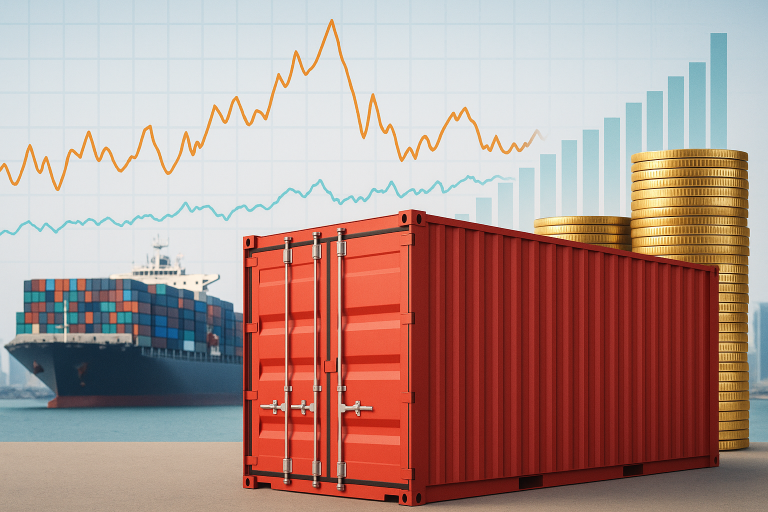China’s economy expanded at its slowest pace in a year during the third quarter, as persistent weakness in the property market and renewed trade frictions with the United States curbed momentum.
The data reinforced expectations that policymakers may need to roll out additional support measures to sustain growth.
Gross domestic product (GDP) rose 4.8% in the July–September period from a year earlier, down from 5.2% in the second quarter, according to data released by the National Bureau of Statistics on Monday.
The reading matched forecasts from a Reuters poll of analysts.
On a quarterly basis, growth accelerated modestly to 1.1% from a revised 1.0% in the previous three months, beating expectations for a 0.8% gain.
What’s behind the slowdown in China’s growth
The slowdown underscores China’s struggle to generate stable domestic demand amid a prolonged housing slump and global trade uncertainty.
Analysts say the downturn in real estate continues to drag on consumption and investment, while escalating trade tensions have renewed pressure on exporters.
Despite resilient exports and buoyant stock markets earlier in the year, overall momentum has faltered.
The world’s second-largest economy remains heavily dependent on manufacturing and external demand, and analysts say rebalancing toward consumption-led growth will be a long and difficult process.
Tariff risks and policy outlook
Exports rebounded in September, but exporters are feeling the strain of higher US tariffs introduced earlier this year.
Many are being forced to diversify into new markets.
US President Donald Trump has threatened to raise tariffs on Chinese goods by another 100% beginning November 1, though officials on both sides have recently signalled a willingness to ease tensions.
Beijing has already introduced modest stimulus measures in recent months, but analysts remain divided on whether authorities will announce further support this year.
Chinese leaders are expected to deliberate on long-term economic planning at a closed-door meeting running from Monday through Thursday, which will include discussion of the country’s 15th Five-Year Plan.
The plan is likely to prioritise high-tech manufacturing amid intensifying rivalry with the United States.
Investors are also watching the upcoming Politburo meeting and the Central Economic Work Conference in December for signals about the 2026 policy direction.
Mixed sectoral data
Monday’s figures also showed uneven performance across key sectors.
Industrial output rose 6.5% year-on-year in September, accelerating from a 5.2% increase in August and exceeding forecasts of 5.0%.
The strong showing helped offset weakness elsewhere.
Retail sales grew just 3%, marking the slowest pace of expansion since November.
Fixed-asset investment fell 0.5% in the first nine months of 2025, the first contraction since 2020, highlighting the fragility of business confidence.
Despite the moderation in overall growth, China’s factory sector remains a bright spot, with September’s industrial output growth surpassing all economists’ estimates.
Still, persistent deflationary pressures and soft domestic demand continue to pose challenges for policymakers seeking to stabilise the recovery.
The post China’s GDP growth slows to 4.8% in Q3 appeared first on Invezz

